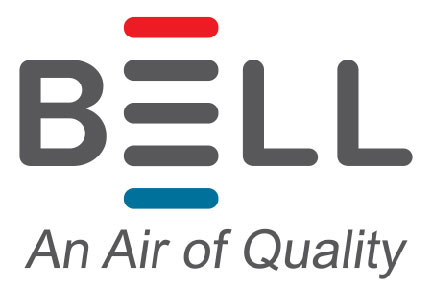
You shouldn’t have to compromise on comfort or spend a lot to keep your residence at the right temperature during the summer.
But what is the ideal temp, exactly? We discuss ideas from energy experts so you can determine the best temperature for your house.
Here’s what we recommend for the most energy-efficient setting for air conditioning in McKinney and Frisco.
Recommended Thermostat Settings for Summer
Most people find setting the thermostat at 72-73 degrees provides ideal comfort. However, if there’s a sizeable difference between your indoor and exterior warmth, your electricity costs will be larger.
This is our advice based on the U.S. Department of Energy (DOE) and ENERGY STAR®.
While at home: 78 degrees. While that seems hot, there are ways you can keep your home pleasant without having the AC going frequently.
Keeping windows and blinds down during the day keeps chilled air where it needs to be—indoors. Some window solutions, like honeycomb shades or plantation shutters, are created to deliver more insulation and better energy savings.
If you have ceiling fans in your residence, the DOE says you can raise thermostat temperatures about 4 degrees higher without giving up comfort. That’s because they refresh with a windchill effect. As they cool people, not spaces, shut them off when you move from a room.
If 78 degrees still appears too warm initially, try running a test for about a week. Start by raising your thermostat to 78 degrees while you’re home. Then, gradually lower it while following the advice above. You could be astonished at how refreshed you feel at a warmer temperature setting.
While away: 88 degrees. There’s no rationale for keeping the air conditioner on all day while your residence is vacant. Moving the setting 7–10 degrees hotter can save you anywhere from 5–15% on your air conditioning bills, according to the DOE.
When you arrive home, don’t be tempted to switch your thermostat colder than 78 to cool your residence more rapidly. This isn’t effective and often results in a higher electricity bill.
A programmable thermostat is a useful approach to keep your temp under control, but you have to set programs. If you don’t utilize programs, you risk forgetting to raise the set temperature when you take off.
If you want a hassle-free remedy, think over buying a smart thermostat. This thermostat links with your phone, so it is aware when you’re at your house and when you’re away. Then it automatically modifies temperature settings for the best savings. How much exactly? About $180 each year on heating and cooling, according to ENERGY STAR.
Another benefit of having a smart thermostat? You can use your phone to keep an eye on and adjust temperature settings from almost anywhere.
While sleeping: Around 70 degrees. While ENERGY STAR advises 82 degrees, that might be unbearable for most families. Many people sleep better when their bedroom is chilled, so that’s why the National Sleep Foundation advises 60–67 degrees. But that might be too cold, based on your pajama and blanket preference.
We suggest running an equivalent test over a week, putting your temperature higher and steadily turning it down to select the ideal temperature for your residence. On mild nights, you may learn keeping windows open at night and relying on a ceiling fan is a preferable solution than using the air conditioning.
More Ways to Use Less Energy During Warm Weather
There are other methods you can save money on utility bills throughout hot weather.
- Install an energy-efficient air conditioning system. Central air conditioners only work for about 12–15 years and become less efficient as they get older. An upgraded air conditioner can keep your residence comfier while keeping cooling costs low.
- Book yearly air conditioner service. Annual air conditioner maintenance keeps your system running like it should and may help it work more efficiently. It can also help prolong its life cycle, since it enables pros to uncover seemingly insignificant issues before they cause a major meltdown.
- Change air filters regularly. Use manufacturer instructions for changing your air filter. A dusty filter can lead to your system short cycling, or run too often, and raise your electricity.
- Measure attic insulation levels. Almost 90% of residences in the United States don’t have proper insulation, according to the Insulation Institute. Many southern climates should have 13–14” of attic insulation, while northern climates require 16–18”.
- Have your ductwork examined. Ductwork that has loosened over time can leak cold air into your attic, walls or crawl space. This can lead to major comfort troubles in your residence, such as hot and cold spots.
- Seal holes, doors and windows. Keep warm air in its place by plugging holes. You can also caulk or weather strip doors to seal more conditioned air indoors.
Save More Energy During Warm Weather with Bell Mechanical Services
If you are looking to conserve more energy this summer, our Bell Mechanical Services pros can help. Get in touch with us at 888-863-0560 or contact us online for extra details about our energy-saving cooling solutions.
